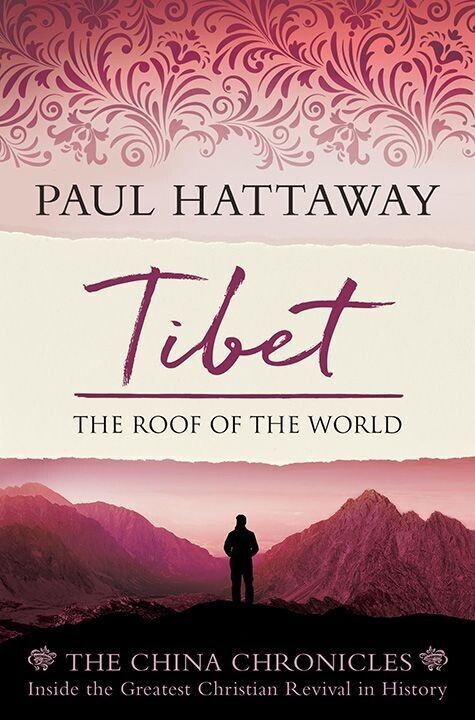1980s
![The spiritual atmosphere in Tibet changed in the 1980s with the arrival of many Han Chinese Christians. [RCMI]](https://lirp.cdn-website.com/5ddddb20/dms3rep/multi/opt/unnamed+%283%29-1920w.jpg)
Ü-Tsang དབུས་གཙང་
In the 1980s, a trickle of Western Christians returned to Tibet for the first time in three decades, and like the generations of missionaries before them, most focused their attention on Lhasa. A brief window of opportunity for unofficial Christian witness in Lhasa opened when Tibet's capital entered into a 'sister city' partnership with Boulder, Colorado. When the city of Boulder sent a delegation to Lhasa in 1987, it included Bill Conrad, the grandson of pioneer missionaries William and Jessie Christie, who had served in Amdo territory nearly a century earlier.
Conrad, a qualified ophthalmologist (eye doctor), used the trip to build relationships with officials, and he ultimately gained their permission to perform free surgeries for poor Tibetan people in Gansu Province. Conrad's ministry flourished from 1990 until his retirement in 2012, performing a total of 6,543 successful eye surgeries, while sharing the gospel with many unreached Tibetans for the first time.
The 1980s was also the decade when the Han Chinese house churches—which were experiencing powerful revival in other parts of China—became more aware of the great spiritual needs of the Tibetan people.
Some of the first Chinese evangelists humbly sought ways in which they could reach the Tibetan people by serving them. Others, however, were shocked at the level of hostility they encountered, having initially believed the propaganda spread by the Chinese government that the Tibetan people appreciated being brought into the warm embrace of the Motherland. Such notions were quickly discarded, and the Chinese Christians realized it would take a long, determined and prayerful effort to reach Tibetans.
For those missionaries who had labored faithfully among Tibetans for many years until their expulsion in the early 1950s, news of renewed interest in the gospel among the Tibetans was like water to a dry and thirsty land.
Letters from Tibetan inquirers even began to appear in some Western mission publications, including one from Sichuan Province in 1988, which said: "I feel very excited. I am Tibetan and I believe in God. Concerning my religion, I am a Buddhist. Buddhism does not conflict with Christianity, does it? Can you give me an answer? I am very willing to become a Christian."
By the late 1980s, a small number of foreign Christians had made it back into Tibetan areas, some for the first time since they were expelled from China nearly 40 years earlier. Veteran missionary David Woodward was amazed to see the changes that had taken place in many Tibetan regions, and he saw that God was working to bring the gospel to central Tibet, and not just to the peripheral areas. Woodward wrote in 1989:
"Since the Communist invasion, an enormous process of resettling Chinese has been going on in Tibet, particularly in the east. Among these Chinese are thousands of Christians.... There are now Christian groups worshipping in the Tibetan capital of Lhasa, while around the Kumbum monastery in northeast Tibet, formerly hostile territory for Christians, there are now about 1,000 Chinese believers in about a dozen house churches....
The Tibetan population has many reasons for disliking these new Chinese arrivals. Tibetans have always called themselves 'insiders' and others 'outsiders'. In spite of this, though, the Chinese have been very successful at adapting and integrating into the Tibetan culture.
I believe Chinese Christians living in Tibet need our prayers to uphold them in their special opportunity. Pray the Holy Spirit will give these Chinese a longing to share Jesus with Tibetans and to build bridges across the barriers....
Tibetans need the gospel message. God's commission is to the world He loves, and that includes taking the gospel to resistant lands. Tibet has been claimed by Buddhism. It has been claimed by Communism. But it is God who holds the title deed."
© This article is an extract from Paul Hattaway's book ‘Tibet: The Roof of the World’. You can order this or any of The China Chronicles books and e-books from our online bookstore.
1. Pray for China (August-September 1988).
2. David Woodward, "God's Strategy for Tibet," Asian Report (March-April 1989), pp. 12-14.





